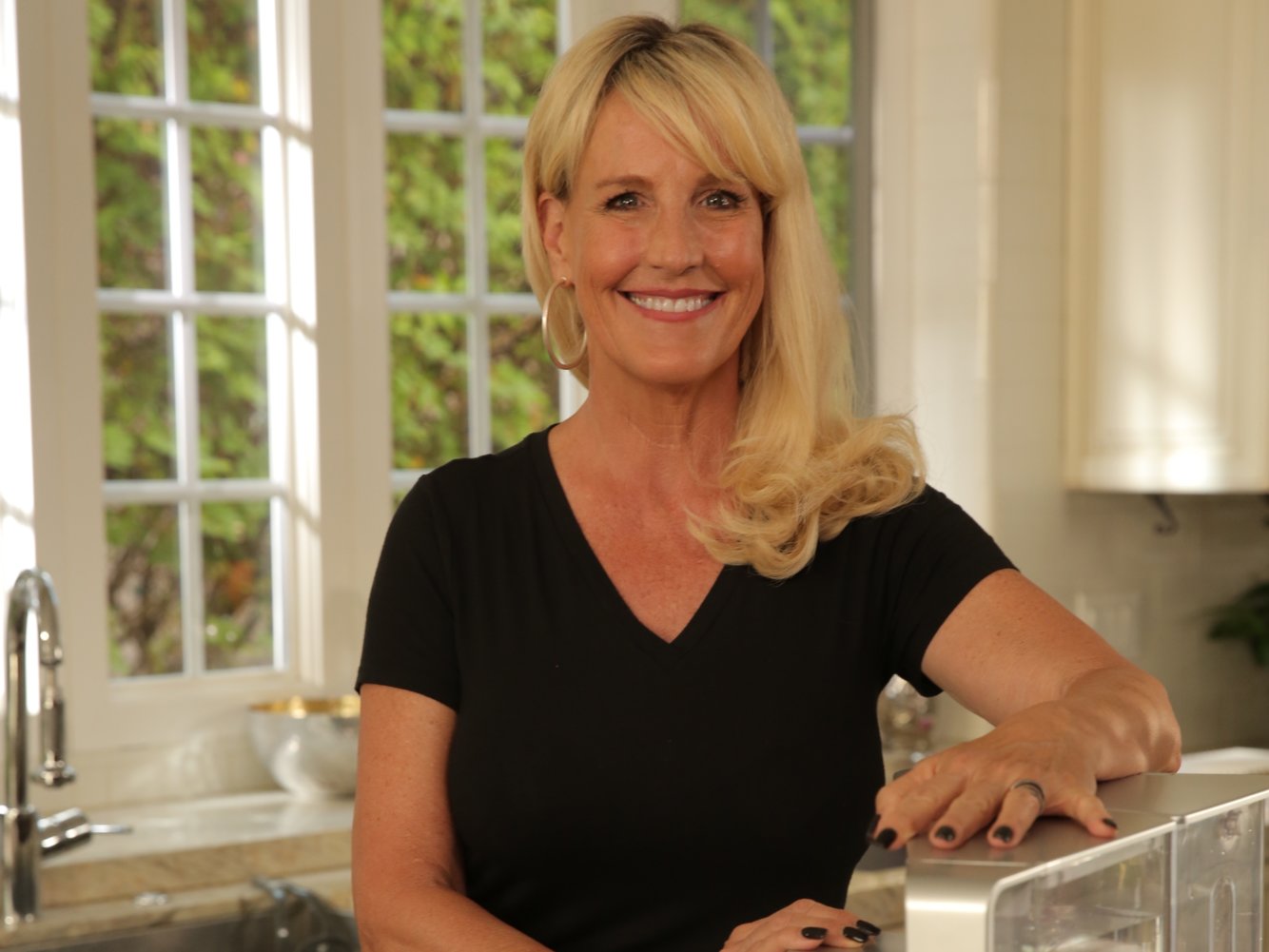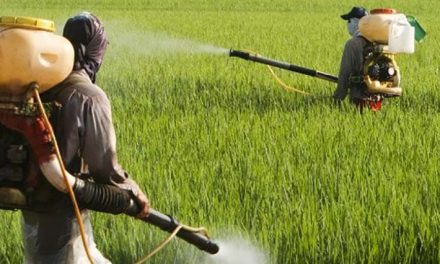(Note from Erin: We are proud to be endorsing the same water system as Erin, the Aquatru.com/HNN. Click on the link for more info and a great deal on the price.)
Erin Brockovich, who some of you know as the woman who fought against California’s Pacific Gas and Electric (PG&E) in 1996 and later had a movie made about her, is a fierce supporter of clean water. And because of her work over the last couple of decades, when she sees water the color of “light pee” she doesn’t drink it; at low levels, chromium-6 – a cancer-causing chemical– can turn clear water yellow, and when it’s really bad, it can turn it purple.
RELATED STORY:
But again, given all her experience with water she knows that even when it’s perfectly clear, that doesn’t necessarily mean it’s safe:
“I don’t want to drink chlorine. I don’t want to drink ammonia. None of us do. I feel safe enough and know enough about my tap water that I shower and bathe, but I don’t know. I don’t like how it tastes, smells.”1
Her deep concern about our water comes from what she has described as “an unspoken ’emerging crisis’ the US: More unsafe drinking water is flowing out of our taps, and our system is unprepared to deal with the problem.”2
And believe these two things; one, no one is coming for us or going to protect us. We have to be proactive. And two, our newest (although it’s not so new) and biggest emerging contaminant in our nation’s water is PFOA — Perfluorooctanoic acid.
RELATED STORY:
(PFOA is a manufactured chemical that may be best known as Teflon, the nonstick substance on pans. It’s part of a broad class of thousands of man-made chemicals called PFAS (perfluoroalkyl and polyfluoroalkyl substances), that can be stain-proof, waterproof, and fireproof.
And these chemicals do not break down in the environment. Or in us.
They leach into our environment and stay there for thousands of years and then get into our bloodstream and build up. According to experts, every person on the planet has at least some PFAS in their system. Something we should be taking far more serious given that excessive exposure is linked to health problems like “low birth rates, liver damage, high cholesterol, chronic kidney disease, asthma, attention-deficit/hyperactivity disorder (ADHD), immunization resistance in children, early menopause, and colon ulcers.”3
For much of the 20th century, PFAS chemicals were used by the chemical industry (companies like 3M and DuPont as well as firefighting foam and military bases) and not disposed of properly- hence the groundwater contamination we’ve recently seen in Michigan.
While PFAS chemicals have been phased out by some companies, they are still found in products like stain-resistant carpets and fabrics, food packaging, raincoats, and even some cosmetics. There’s a good chance that even household dust might, therefore, have elevated concentrations of the chemicals.)
So what can you do? Well, first, if you have never read your local water report, you should. Every year, the EPA makes an annual drinking-water report available online. You can also check out the EWG’s independent tap-water database. Second, be careful what water you drink and if need be, use a reverse osmosis system. Which is exactly what Brockovich does, hence her endorsement of the AquaTru home water filter. But be aware, if you live in a small town, your water-quality data might be more difficult to find.
And before you think you might just buy bottled water instead, get this: bottled water is often just treated tap water and that water is generally less regulated than what comes out of the tap! That’s right, according to the CDC, “there are no requirements that bottled water quality data be reported to any federal agency or to the public.”4(Although most bottled water is run through a filtration system before it’s packaged.)
If you have to drink it, try and get it in a glass bottle so you aren’t drinking leached chemicals and again, Erin says, look before you drink:
“You’re not going to convince me when I’m looking at yellow water, green-yellow, brown water, water that looks like diarrhea, that it’s going to be safe to drink. I let consumers know, use your own common sense … if it looks funny or smells funny, don’t drink it.”5
Although our aging infrastructure is partly to blame for our water contamination, Erin doesn’t see that changing any time soon. And, under Trump, the EPA has proposed a rollback “that would undo decades-old protections for wetlands and streams that help maintain the quality of our water supply.”
RELATED STORY:
So bottom line, educate yourself so that you can protect your family. But continue to speak to your elected officials about the importance of a clean water supply. After all, we can live without many things in this life. But water isn’t one of them.
SOURCE:












